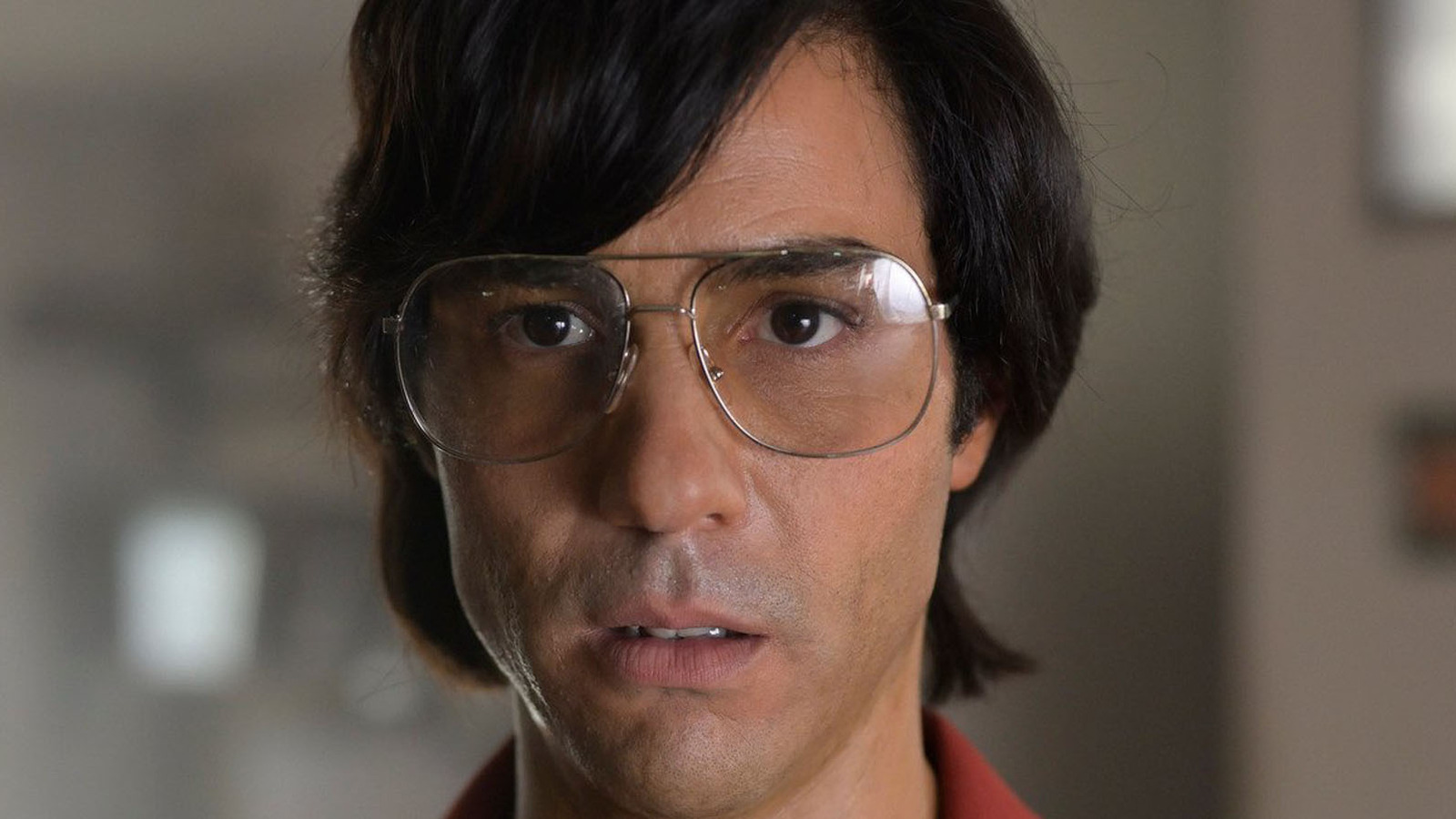
What makes a serial killer fbu serial#
Myth #3: All Serial Killers Are Isolated and Dysfunctional Loners. Significantly, however, only white, and normally male, serial killers such as Ted Bundy become popular culture icons.Īlthough they are not household names like their infamous white counterparts, examples of prolific racial minority serial killers are Coral Eugene Watts, a black man from Michigan, known as the “Sunday Morning Slasher,” who murdered at least seventeen women in Michigan and Texas Anthony Edward Sowell, a black man known as the “Cleveland Strangler” who kidnapped, raped and murdered eleven women in Ohio and Rafael Resendez-Ramirez, a Mexican national known as the “Railroad Killer,” who killed as many as fifteen men and women in Kentucky, Texas, and Illinois. African-Americans comprise the largest racial minority group among serial killers, representing approximately 20 percent of the total. There are well documented cases of African-American, Latino and Asian-American serial killers. The racial diversity of serial killers generally mirrors that of the overall U.S. Serial killers span all racial and ethnic groups in the U.S. Reality: Contrary to popular mythology, not all serial killers are white. Myth #2: All Serial Killers Are Caucasian.

This is an important and revealing fact that defies the popular understanding of serial murder. Therefore, relative to men, women represent a larger percentage of serial murders than all other homicide cases in the U.S.

2 Interestingly, only 10 percent of total murders in the U.S. In fact, approximately 17 percent of all serial homicides in the U.S. Although there have been many more male serial killers than females throughout history, the presence of female serial killers is well documented in the crime data. The reality concerning the gender of serial killers is quite different than the mythology of it. In fact, both aggressiveness and passivity can be learned through socialization and they are not gender specific. This popular but stereotypical media image is consistent with traditional gender myths in society which claim that boys are aggressive by nature while girls are passive. When the lethality of a femme fatale is presented in book or film, she is most often portrayed as the manipulated victim of a dominant male. As late as 1998, a highly regarded former FBI profiler said “there are no female serial killers.” The news and entertainment media also perpetuate the stereotypes that all serial offenders are male and that women do not engage in horrible acts of violence. Reality: This is simply not true but it is understandable why the public would hold this erroneous belief.

The most common myths about serial killers encompass such factors as their race, gender, intelligence, living conditions and victim characteristics. Persistent misinformation, stereotypes and hyperbole presented in the media have combined with the relative rarity of serial murder cases to foster a number of popular myths about serial murder. However, the statistics reveal that serial homicide is quite rare and it represents a small portion of all murders committed in the U.S. Serial killers are always present in society. If there are fifty, then each one is responsible for an average of three murders per year. 1 The FBI estimates that there are between twenty-five and fifty serial killers operating throughout the U.S.

Based on recent FBI crime statistics, there are approximately 15,000 murders annually, so that means there are no more than 150 victims of serial murder in the U.S. Serial killings account for no more than 1 percent of all murders committed in the U.S. The Reality of Serial Homicide in the U.S. Media stereotypes and hyperbole create myths and great distortions in the public consciousness regarding the true dynamics and patterns of serial murder in the U.S. Colorful story lines are written to pique the interest of audiences, not to paint an accurate picture of serial murder.īy focusing on the larger-than-life media images of socially constructed “celebrity monsters,” the public becomes captivated by the stylized presentation of the criminals rather than the reality of their crimes. Much of the general public’s knowledge concerning serial homicide is a product of sensationalized and stereotypical depictions of it in the news and entertainment media. Excerpted with permission from Why We Love Serial Killers: The Curious Appeal of the World’s Most Savage Murderers, by Scott Bonn.


 0 kommentar(er)
0 kommentar(er)
